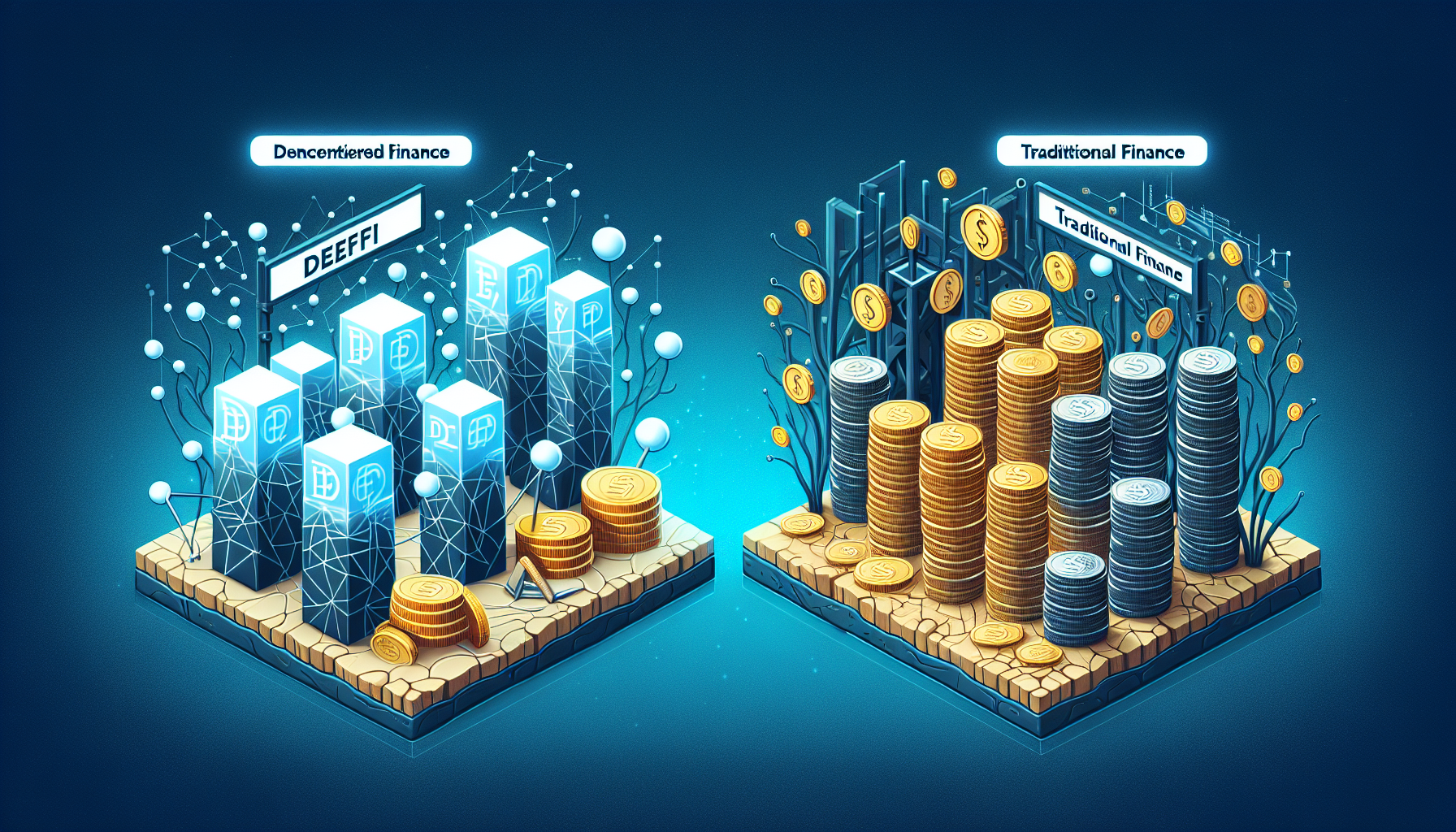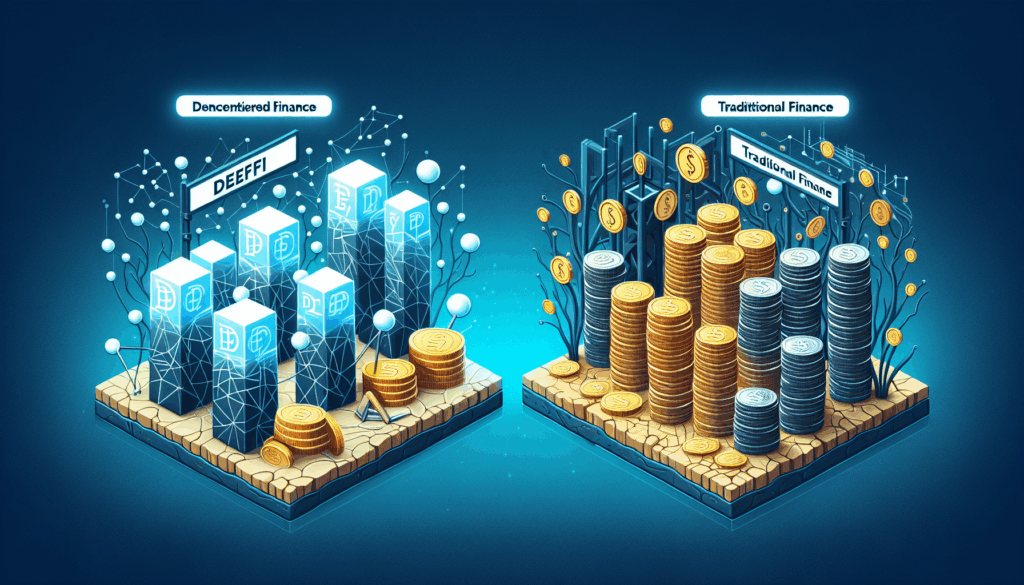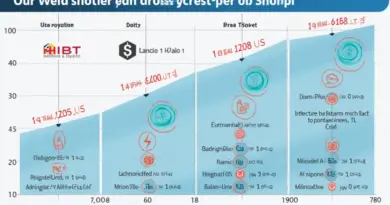DeFi vs Traditional Finance: Understanding the Future of Money
Pain Points in Finance
In today’s financial landscape, many individuals and businesses grapple with the limitations of traditional finance. High transaction fees, lack of accessibility, and long processing times are common pain points. For instance, imagine a small business that needs to pay suppliers across borders. Traditional finance may impose hefty fees and take days for transactions to clear, while DeFi platforms offer instantaneous settlements with minimal costs. Such scenarios raise the inevitable question: how do DeFi and traditional finance truly compare?
In-Depth Solution Analysis
To truly understand DeFi vs traditional finance, we must analyze their mechanics in detail. Here’s a step-by-step breakdown of their approaches:
- Multi-signature verification: A critical feature in DeFi where multiple parties must consent before a transaction is executed, enhancing security.
- Smart contracts: Automated contracts that execute transactions based on predefined conditions, eliminating the need for intermediaries.
- Decentralization: Unlike traditional finance, which is centralized, DeFi operates on blockchain networks that distribute control across many nodes.
| Parameters | DeFi | Traditional Finance |
|---|---|---|
| Security | High, thanks to blockchain | Variable, reliant on established institutions |
| Cost | Low, generally minimal fees | High, with various hidden costs |
| Use Cases | Flexible, accessible globally | Structured, often limited by regulations |
According to a recent Chainalysis report, the DeFi sector is projected to surpass $1 trillion in total value locked by 2025. This is indicative of a pressing trend towards decentralized systems that challenge traditional finance’s monopoly.

Risk Warnings
Despite the apparent advantages, it’s crucial to highlight certain risks associated with DeFi. **Volatility remains a significant concern.** Prices can fluctuate wildly, leading to potential losses. Additionally, smart contracts may contain vulnerabilities that could be exploited. Thus, potential users should **ensure rigorous audits prior to engagement** in DeFi projects.
As we navigate through these concepts, it’s essential to recognize that thedailyinvestors is here to enlighten our audience about the evolving landscape of personal finance.
Conclusion
In conclusion, understanding DeFi vs traditional finance goes beyond mere comparison; it’s about recognizing the transformative potential of decentralized systems in our monetary future.
FAQ
Q: What is the main difference between DeFi and traditional finance?
A: The fundamental difference lies in decentralization, where DeFi offers lower costs and greater accessibility compared to traditional finance.
Q: Are there risks in using DeFi platforms?
A: Yes, DeFi platforms can be volatile, and smart contracts may have vulnerabilities that users should be aware of.
Q: Why is DeFi gaining popularity?
A: DeFi is becoming popular due to its efficiency, low fees, and security features, offering a compelling alternative to traditional finance.






